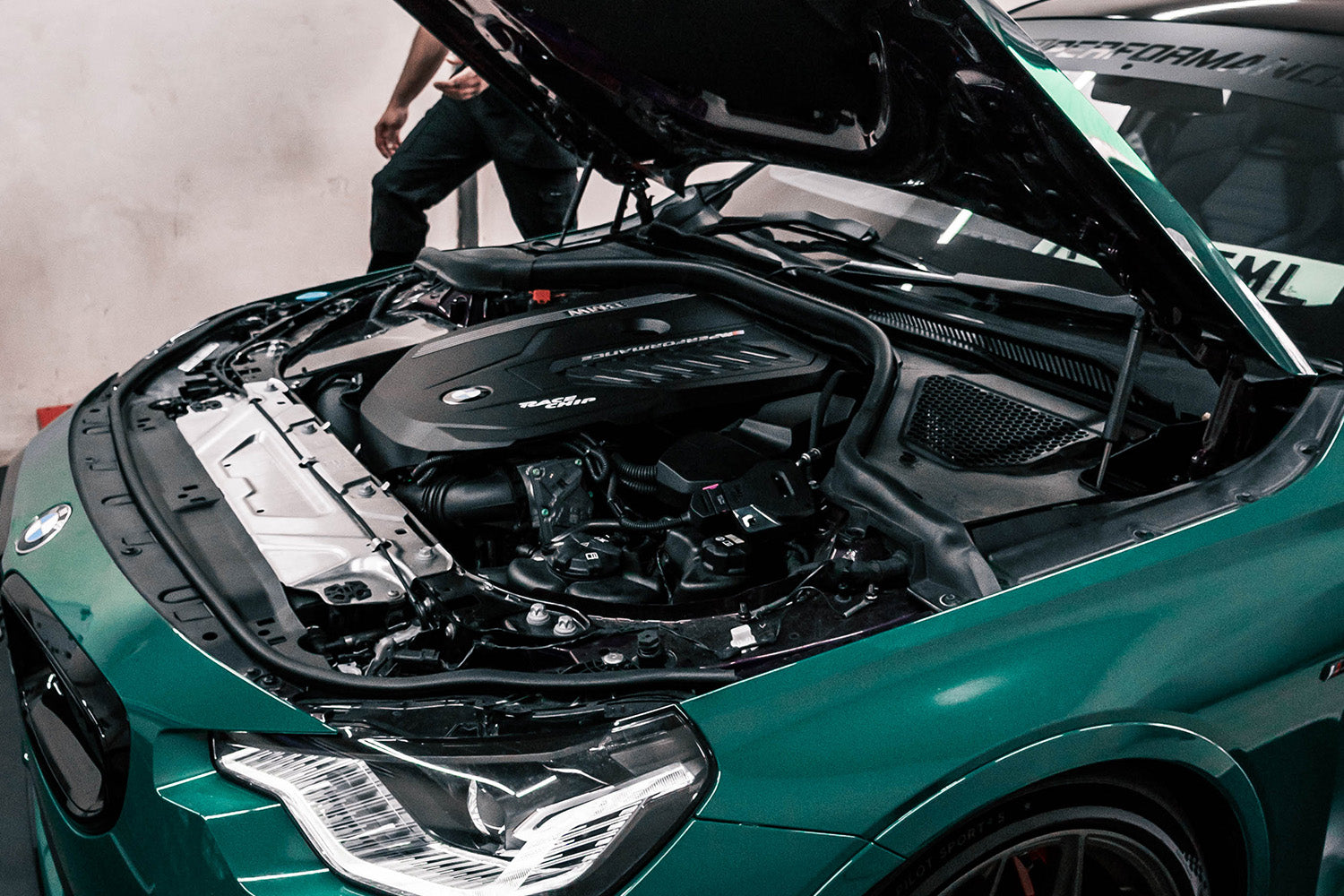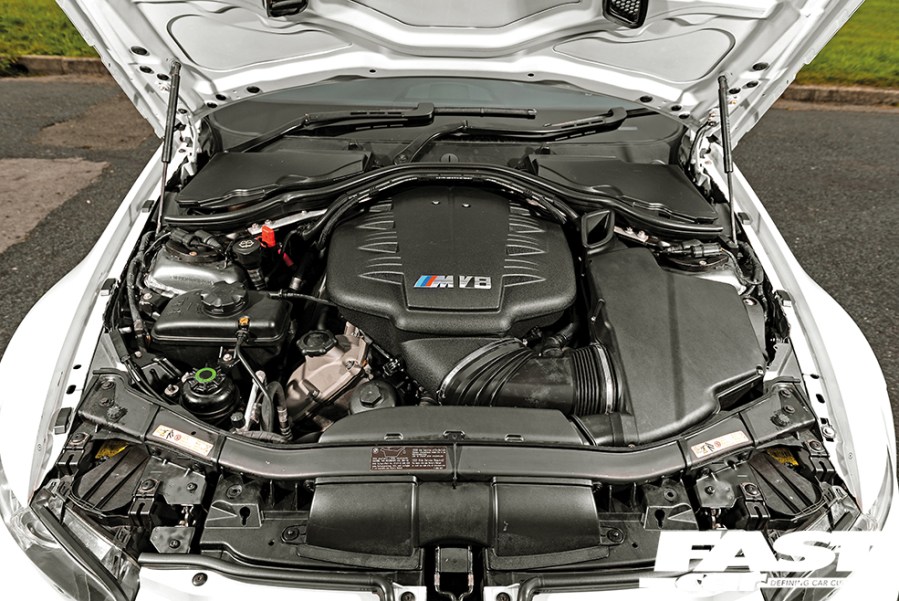Checking Out the Advancement of Burning Engines in Modern Transport Solutions
As we navigate the landscape of modern transport, the development of burning engines stands as a testimony to human resourcefulness and engineering prowess. The interaction of background, technology, and environmental worries in shaping the trajectory of burning engines produces a story that is both informative and compelling.
Very Early Beginnings of Combustion Engines
Just how did the idea of burning engines very first arise in the very early phases of transportation growth? The origins of burning engines can be traced back to the 17th century when the principles of internal burning were first discovered.
The breakthrough moment came with the innovation of the initial successful gasoline-powered engine by Karl Benz in 1885 - bmw engine. This engine led the means for the advancement of the modern auto, reinventing transportation systems worldwide. Subsequent innovations by Nikolaus Otto and Gottlieb Daimler even more improved burning engine innovation, causing the mass production of vehicles and the quick growth of the transport market
These early burning engines were identified by their simpleness and effectiveness, laying the structure for the complicated and effective engines used in modern-day transportation systems. The advancement of burning engines has actually contributed in shaping the means we travel and deliver items, marking a substantial landmark in the history of transportation growth.
Shift to Internal Combustion Innovation
The change to inner combustion innovation noted a crucial change in the advancement of transportation systems. This shift started in the late 19th century, with creators like Nikolaus Otto and Gottlieb Daimler establishing the first effective inner burning engines. These engines transformed transportation by providing an extra effective and effective option to steam engines and electrical motors.
One of the crucial benefits of inner combustion engines was their capacity to be scaled down to match cars, causing the growth of vehicles and bikes. This shift from bulky, fixed engines to small, mobile ones led the way for the modern-day transport systems we see today.
The transition to inner combustion modern technology likewise stimulated improvements in fuel innovation, bring about the advancement of fuel and diesel as main fuel resources for automobiles. This change not only made transportation more accessible to the masses but also laid the structure for the oil and gas industry to come to be integral to worldwide economic climates.
Effect of Combustion Engines on Transportation
The fostering of combustion engines in transport systems catalyzed a profound change in the effectiveness and speed of international wheelchair. Combustion engines reinvented transportation by supplying a versatile and trusted resource of power for different cars, including automobiles, planes, trucks, and ships. This advancement considerably improved the capability for individuals and products to conform cross countries in much shorter time frames, causing raised connection in between regions and countries.
In addition, the widespread use burning engines has actually had a considerable effect on financial growth. The ability to transport items effectively has stimulated profession and commerce, allowing businesses to increase their markets and get to customers worldwide. This has promoted financial development and globalization, as items can currently be delivered much faster and in bigger amounts than in the past.
Nonetheless, the ecological influence of burning engines can not be ignored. The burning of fossil gas has actually resulted in air contamination and greenhouse gas emissions, adding to environment modification and presenting health and Get More Info wellness dangers to populations. bmw engine. Consequently, there is an expanding focus on developing alternate propulsion technologies to reduce these unfavorable results and develop a more sustainable future for transportation
Technologies in Burning Engine Style
Countless innovations in burning engine design have propelled the evolution of transport systems over the decades. One significant development is the development of turbocharged engines, which use exhaust gases to drive a wind turbine that compresses incoming air, enabling for more gas to be scorched, resulting in enhanced power outcome without a substantial boost in engine size. In addition, straight shot technology has actually improved gas efficiency and performance by precisely regulating the amount and timing of fuel infused right into the burning chamber. Variable shutoff timing systems have additionally revolutionized engine style by maximizing air flow at various engine speeds, boosting both power and effectiveness. One more substantial development is the assimilation of lightweight products such as carbon fiber and aluminum alloys, reducing general engine weight and improving lorry gas economy. Furthermore, developments in computer-aided style have actually allowed engineers to optimize engine performance and efficiency with simulations prior to physical models are built, saving time and sources in the growth procedure. These innovations jointly add to the constant improvement of combustion engines in modern transport systems.
Future Patterns in Burning Engine Advancement
With technology innovations driving continual development, the future of burning engine growth is poised to reinvent transportation systems globally. Among the vital patterns in burning engine growth Extra resources is the push towards greater efficiency and minimized exhausts. Makers are spending heavily in r & d to improve engine performance while satisfying rigorous ecological regulations. This includes the integration of sophisticated gas injection systems, boosted turbocharging techniques, and the use of lightweight materials to optimize gas consumption and lower carbon exhausts.
An additional noticeable pattern is the fostering of crossbreed technologies in burning engines. Hybrid engines incorporate typical combustion modern technology with electrical power, using enhanced fuel effectiveness and reduced emissions. As the automobile sector shifts in the direction of electrification, crossbreed burning engines are seen as a transitional solution that connects the gap in between traditional lorries and fully electric ones.
In addition, the assimilation of clever technologies, such as synthetic knowledge and information analytics, is expected to play a significant function in the future of burning engine advancement. These technologies can maximize engine efficiency in real-time, resulting in extra reliable combustion processes and improved overall vehicle efficiency. Embracing these future patterns will not just drive development in combustion engine development yet likewise add to an extra lasting and eco-friendly transportation ecosystem.

Final Thought
Finally, the development of combustion engines in modern-day transportation systems has been marked by significant advancements in innovation and design. From the early beginnings of combustion engines to the shift to inner burning innovation, these engines have had a knockout post an extensive influence on transport. Innovations in combustion engine style continue to drive progress in this field, with future fads concentrating on more boosting efficiency and reducing discharges. The future of combustion engines in transportation looks encouraging as r & d initiatives proceed to push boundaries.
The origins of combustion engines can be traced back to the 17th century when the concepts of internal combustion were initial explored. These engines transformed transport by offering a more efficient and powerful alternative to steam engines and electrical motors.
